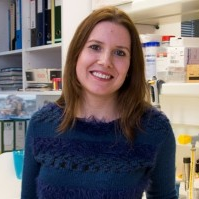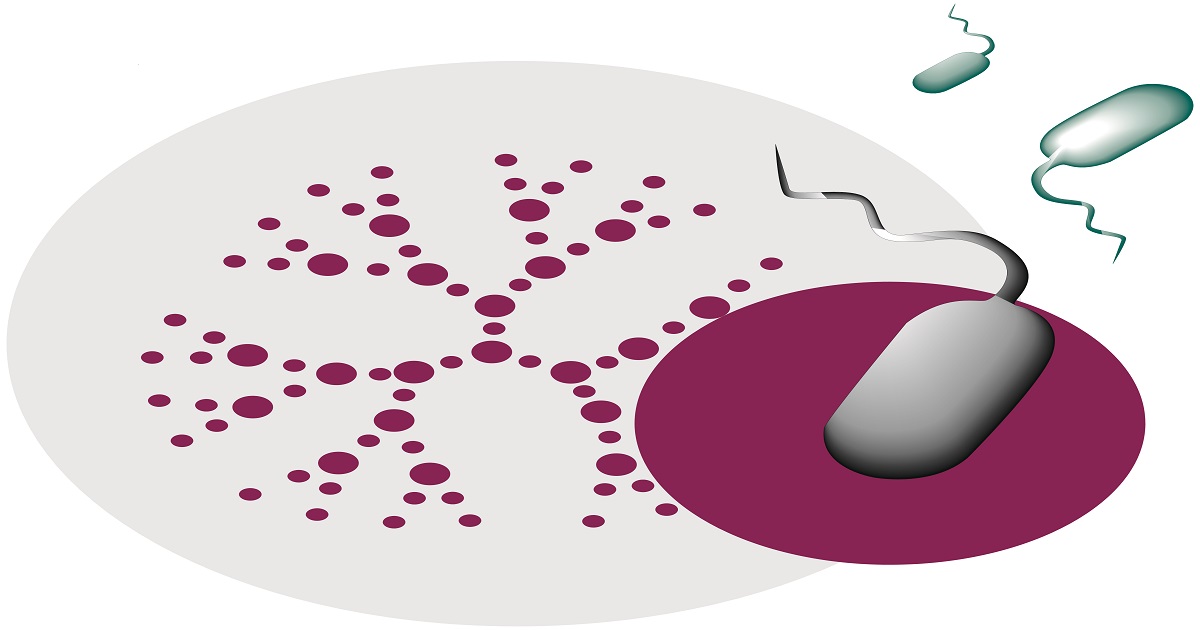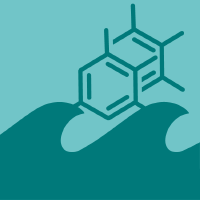Topic Editors


Antimicrobial Agents and Nanomaterials

Topic Information
Dear Colleagues,
Antimicrobial resistance (AMR) has come to represent a major problem that is attested across healthcare settings worldwide. AMR is caused by multidrug-resistant (MDR) microorganisms, or “superbugs”, which can evade many of the antibiotics used in clinical practice. Today, MDR microorganisms constitute a great clinical and economic burden. In fact, the current methods of clinical treatment have started to rely on more aggressive antibiotic therapy, leading to a decrease in the life quality of the infected patients and an increase in the associated therapeutic costs. Due to the failure of conventional antibiotics, we are now entering a new era of clinical treatment based on compounds. This is reflected, for example, in the development of antibacterial nanomaterials or nanoantibiotics. This Topic collection aims to identify novel strategies that may be used to overcome AMR, with a particular focus on the development of medical nanomaterials. Topics of interest include, but are not limited to, the following:
- Antimicrobial polymers;
- Antimicrobial peptides and peptidomimetics;
- Synergic effects of antimicrobial agents;
- Antimicrobial coatings;
- Inhibitors of virulence factors;
- Drug nanodelivery systems;
We welcome the contributions of authors working in this critical field of research.
Dr. Sandra Pinto
Prof. Dr. Vasco D. B. Bonifácio
Topic Editors
Keywords
- multidrug resistant bacteria (MDR)
- resistance mechanisms
- antibiotics
- novel antimicrobial agents
- drug susceptibility
Participating Journals
| Journal Name | Impact Factor | CiteScore | Launched Year | First Decision (median) | APC | |
|---|---|---|---|---|---|---|

Molecules
|
4.6 | 6.7 | 1996 | 14.6 Days | CHF 2700 | Submit |

Pharmaceutics
|
5.4 | 6.9 | 2009 | 14.2 Days | CHF 2900 | Submit |

Antibiotics
|
4.8 | 5.5 | 2012 | 13.7 Days | CHF 2900 | Submit |

Microorganisms
|
4.5 | 6.4 | 2013 | 15.1 Days | CHF 2700 | Submit |

Biomolecules
|
5.5 | 8.3 | 2011 | 16.9 Days | CHF 2700 | Submit |

Marine Drugs
|
5.4 | 9.6 | 2003 | 14 Days | CHF 2900 | Submit |

Polymers
|
5.0 | 6.6 | 2009 | 13.7 Days | CHF 2700 | Submit |

International Journal of Molecular Sciences
|
5.6 | 7.8 | 2000 | 16.3 Days | CHF 2900 | Submit |

MDPI Topics is cooperating with Preprints.org and has built a direct connection between MDPI journals and Preprints.org. Authors are encouraged to enjoy the benefits by posting a preprint at Preprints.org prior to publication:
- Immediately share your ideas ahead of publication and establish your research priority;
- Protect your idea from being stolen with this time-stamped preprint article;
- Enhance the exposure and impact of your research;
- Receive feedback from your peers in advance;
- Have it indexed in Web of Science (Preprint Citation Index), Google Scholar, Crossref, SHARE, PrePubMed, Scilit and Europe PMC.

